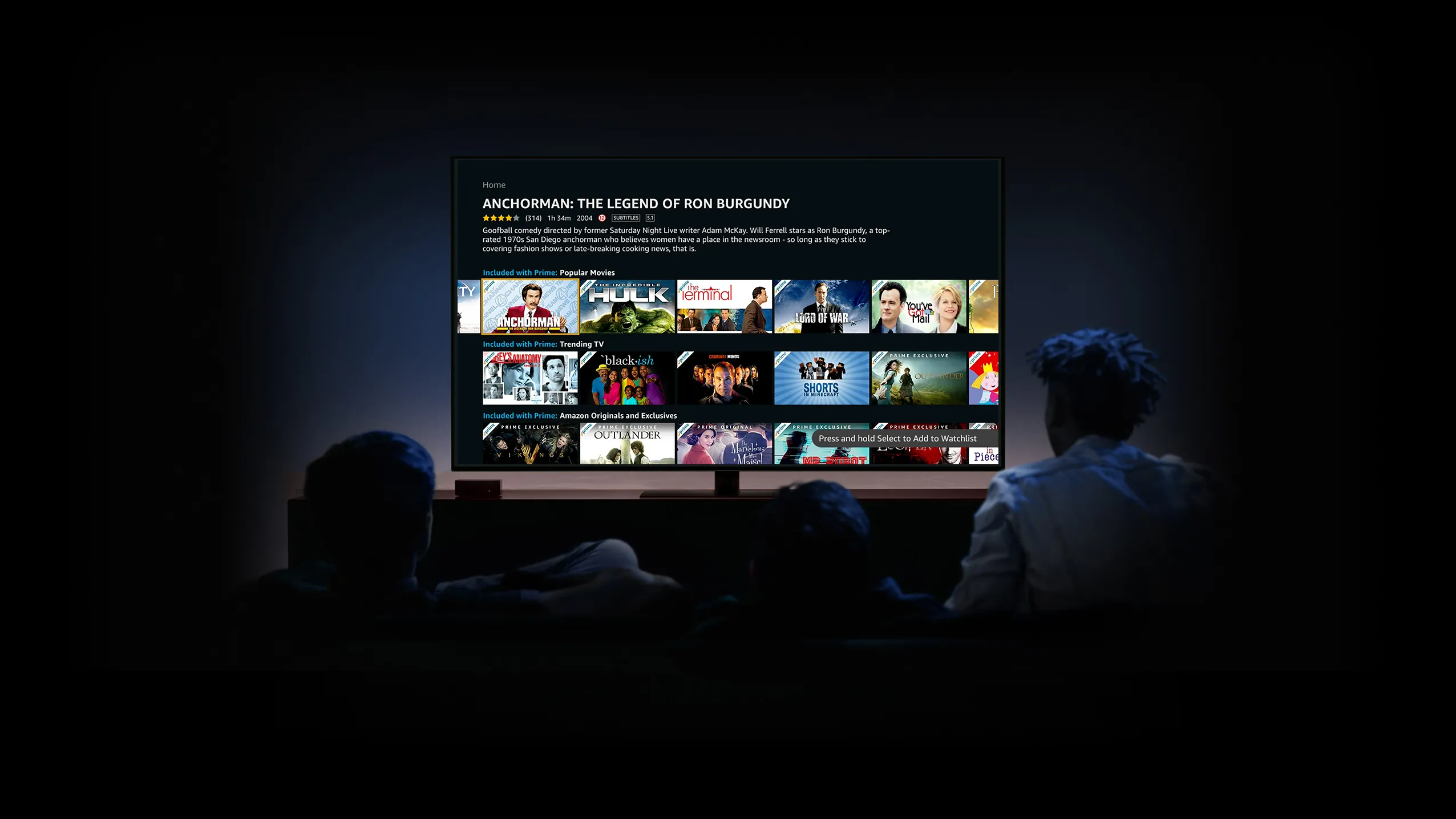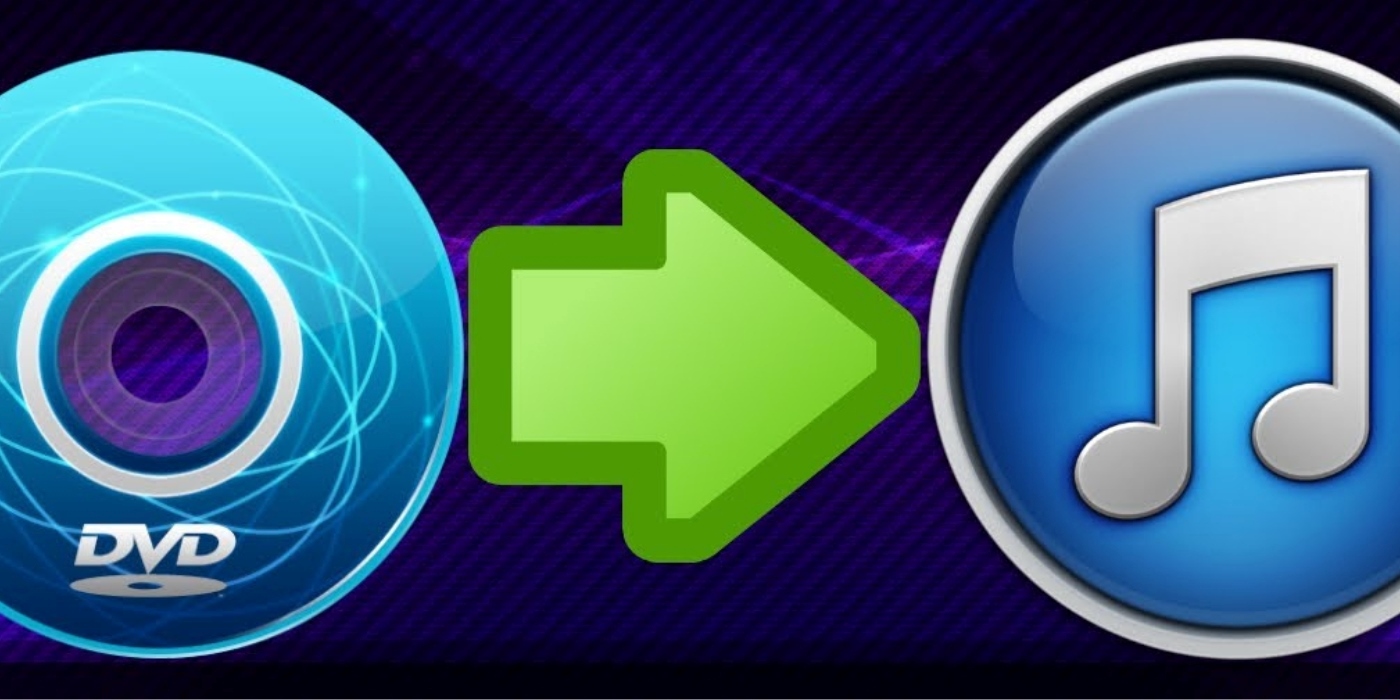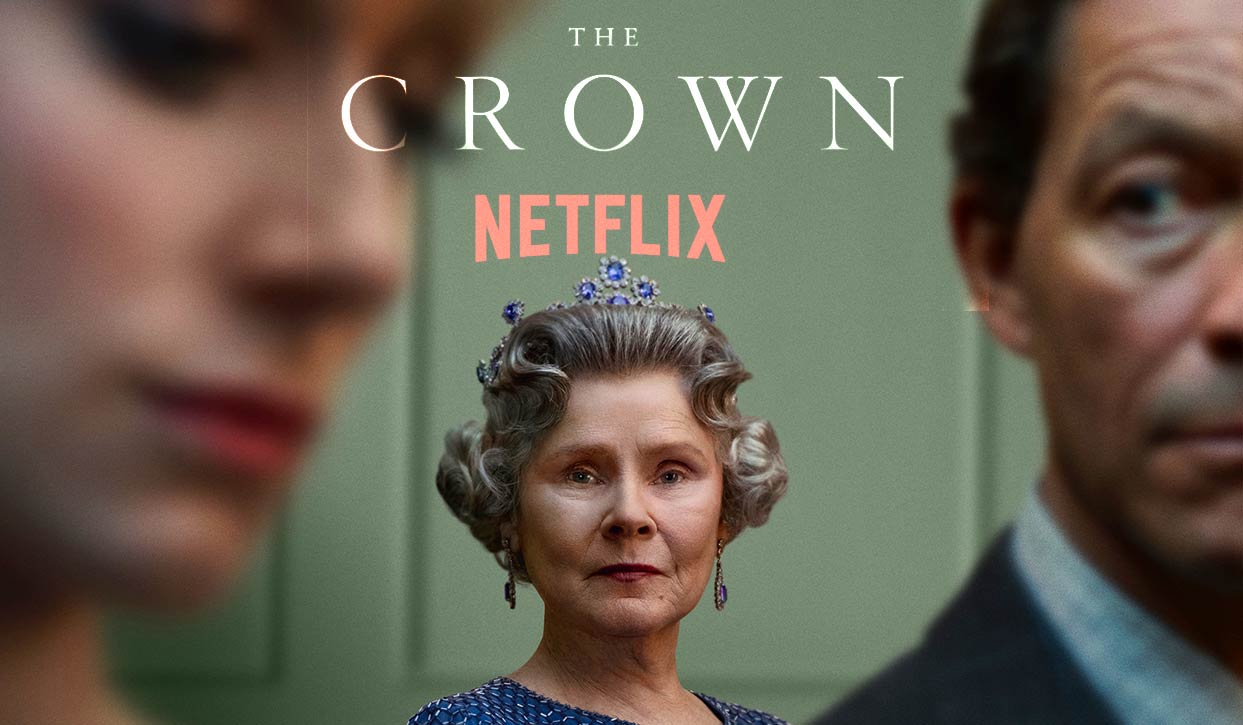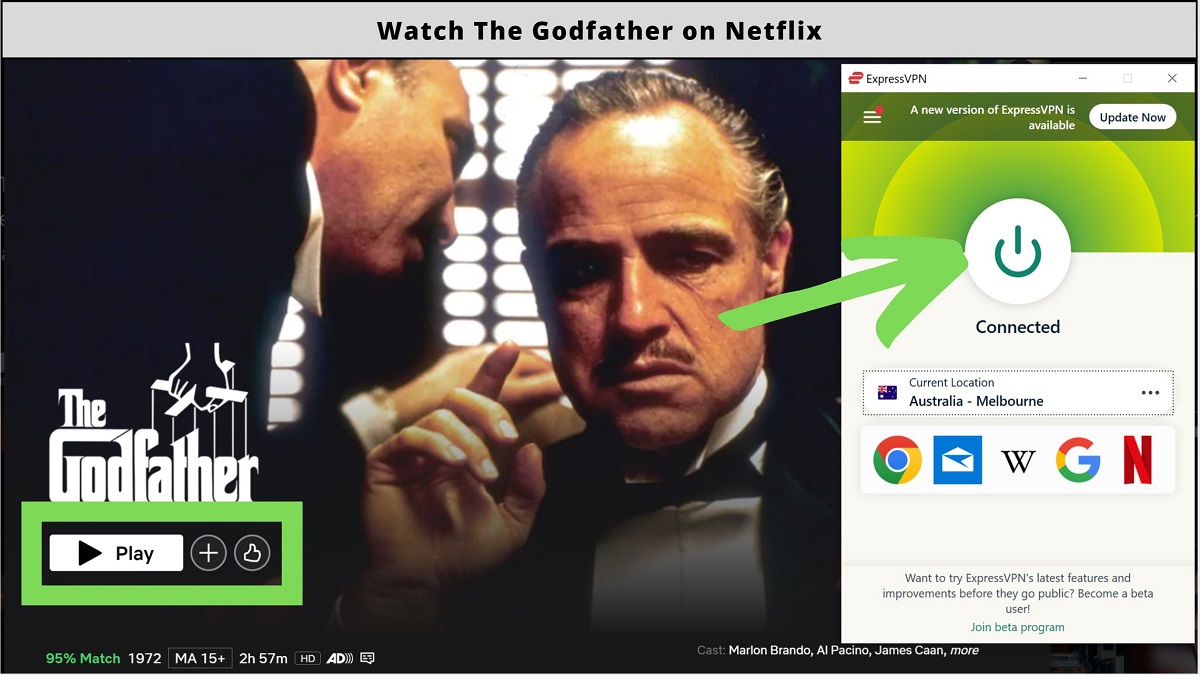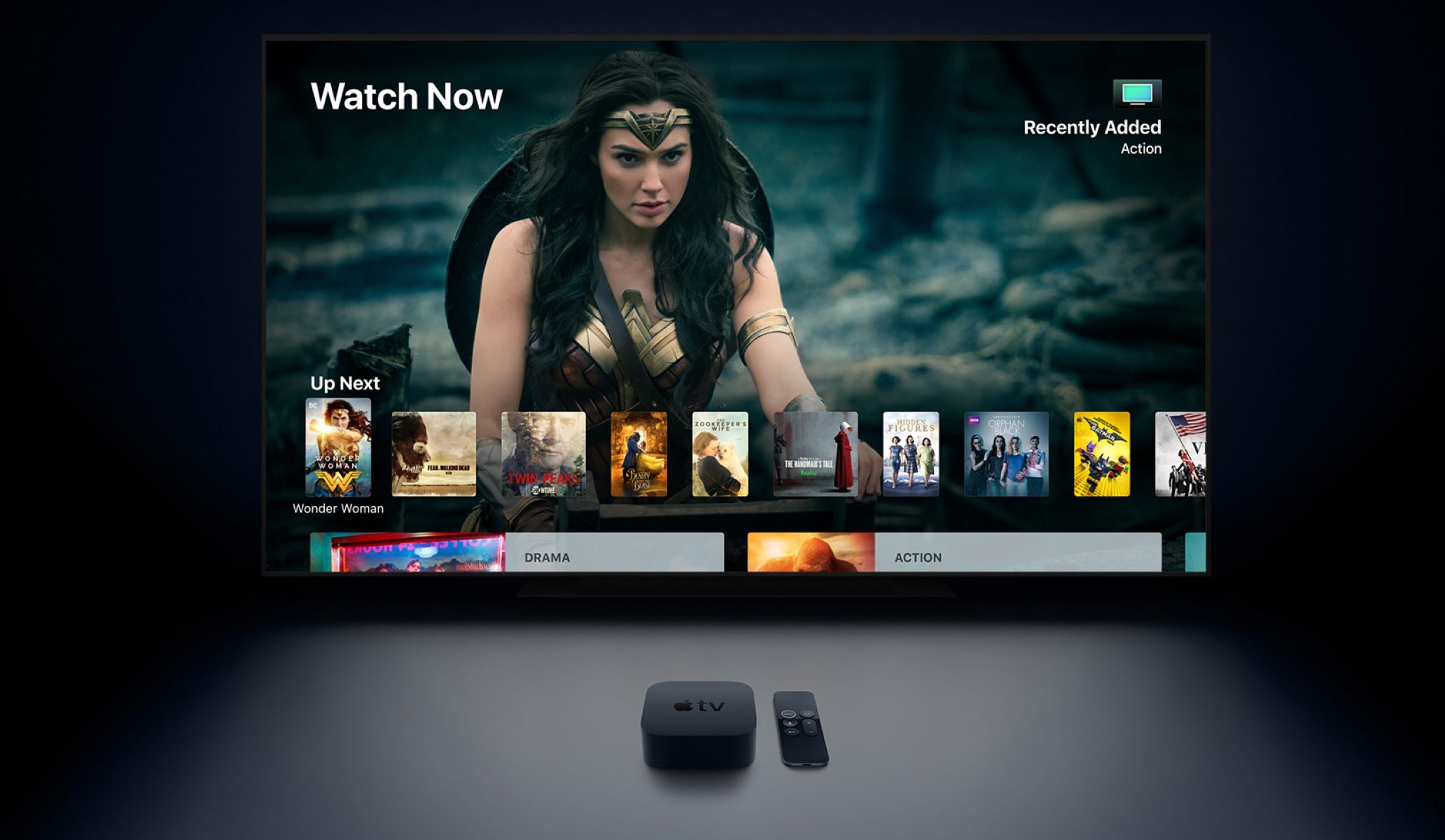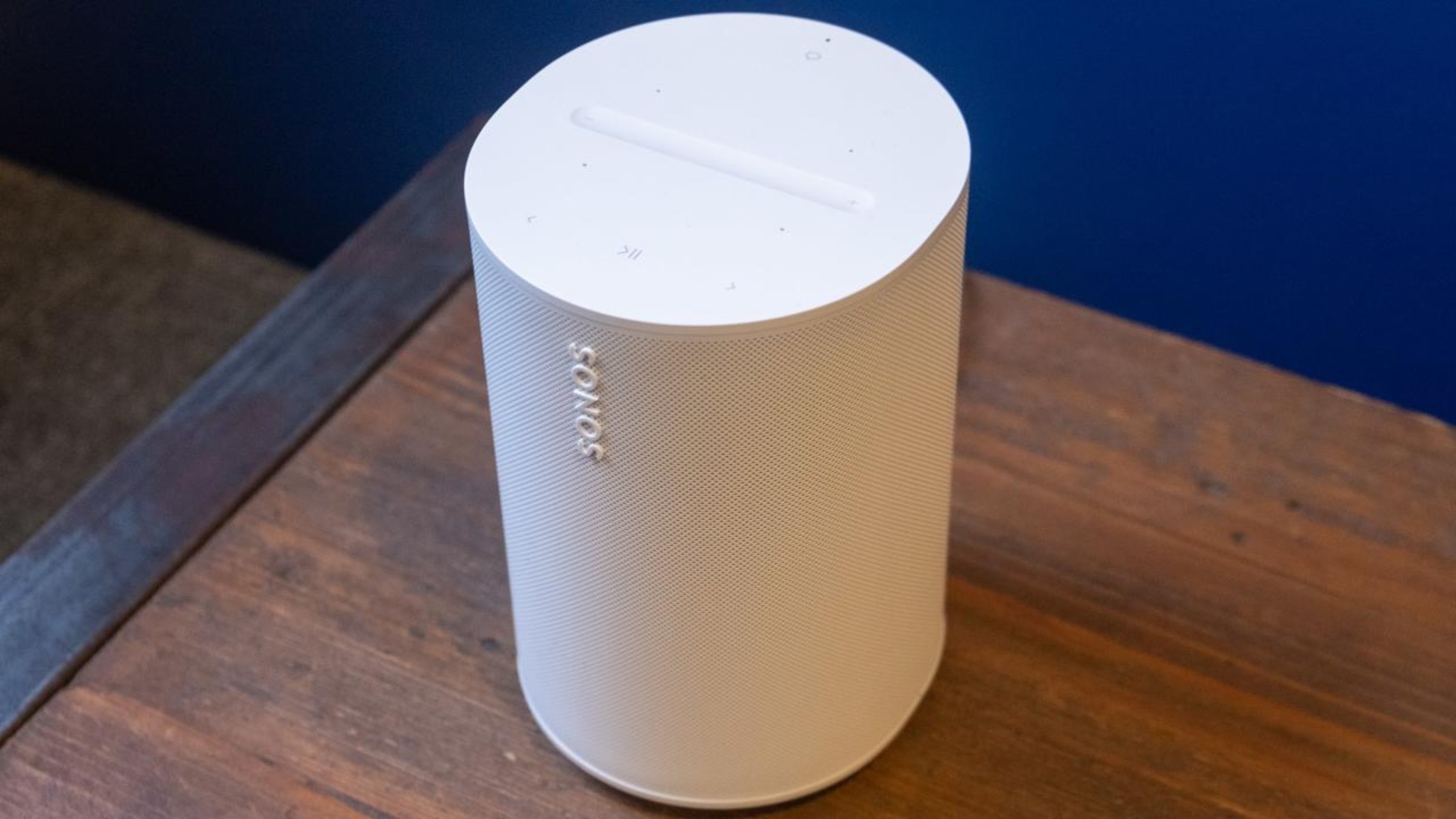Introduction
Are you a proud owner of a smart TV and a fan of iTunes? If so, you may be wondering how you can enjoy your iTunes content on your big screen. While iTunes was originally designed for Apple devices, there are several methods that can allow you to watch iTunes on your smart TV, regardless of the brand. In this article, we will explore various ways to stream and sync iTunes to your smart TV so you can enjoy your favorite movies, TV shows, and music in all their glory.
Watching iTunes on a smart TV can open up a whole new world of entertainment possibilities. Instead of being restricted to a small screen, you can now experience your favorite content on a larger, more immersive display. Whether you want to catch up on the latest episodes of your favorite TV series or enjoy a movie night with friends and family, being able to watch iTunes on your smart TV offers convenience, comfort, and an enhanced viewing experience.
Before we dive into the different methods for watching iTunes on a smart TV, it’s important to note that the availability of these methods may vary depending on your specific TV model, operating system, and the device you are using to access your iTunes library. Therefore, it’s always a good idea to check the compatibility and requirements of each method before attempting to connect your smart TV to iTunes.
Now, let’s explore the various methods you can use to watch iTunes on your smart TV. From AirPlay to Chromecast, USB syncing to HDMI cables, we’ve got you covered with different options to suit your needs. Keep in mind that not all methods may be suitable for every situation, so it’s helpful to understand the pros and cons of each method before making your decision. And remember, technology is constantly evolving, so keep an eye out for new methods that may arise in the future.
Method 1: AirPlay from Mac or iPhone
If you own a Mac or iPhone and have an Apple TV or a smart TV with AirPlay 2 support, AirPlay is one of the easiest and most convenient ways to watch iTunes content on your smart TV. AirPlay allows you to wirelessly stream audio and video from your Apple device to your TV, making it perfect for enjoying your iTunes library on a bigger screen.
To get started, make sure that your Mac or iPhone and your smart TV are connected to the same Wi-Fi network. On your Apple device, open the iTunes app and select the content you want to watch on your smart TV.
On your Mac, click on the AirPlay icon located in the menu bar and select your smart TV from the list. If you’re using an iPhone, swipe up from the bottom of the screen to open the Control Center, tap on the AirPlay icon, and choose your smart TV as the playback device.
Once connected, your iTunes content will start playing on your smart TV. You can control playback using your Apple device, including pausing, skipping, and adjusting the volume. It’s worth noting that while AirPlay allows for smooth streaming of iTunes content, it does require a stable Wi-Fi connection for optimal performance.
It’s important to mention that not all smart TVs support AirPlay natively. However, many newer models, especially those with built-in support for Apple services, come equipped with AirPlay functionality. If your TV doesn’t have AirPlay built-in, you may be able to use an external device, such as an Apple TV or an AirPlay-compatible streaming device, to enable AirPlay on your TV.
AirPlay offers a seamless and user-friendly way to watch iTunes on your smart TV. Whether you’re streaming music, movies, or TV shows, AirPlay ensures that you can enjoy your iTunes content on the big screen without the need for cables or complicated setup processes. So if you have a Mac or iPhone and an AirPlay-enabled smart TV, give AirPlay a try and elevate your iTunes viewing experience.
Method 2: Using Apple TV
If you own an Apple TV, you’re in luck! Apple TV provides a seamless and dedicated way to watch iTunes content on your smart TV. With its integration into the Apple ecosystem, Apple TV allows you to access and stream your iTunes library with ease.
To get started, make sure your Apple TV is connected to your smart TV via an HDMI cable. Once connected, navigate to the home screen of your Apple TV and select the iTunes app. From there, you can browse through your iTunes library and choose the content you want to watch.
One of the biggest advantages of using Apple TV is its ability to sync your iTunes library directly to your Apple TV device. This means that any content you’ve purchased or downloaded from iTunes will be readily available on your Apple TV, eliminating the need for streaming or transferring files from other devices.
With Apple TV, you can also enjoy additional features such as personalized recommendations based on your viewing history and preferences. This allows you to discover new content that you may have overlooked and enhances your overall entertainment experience.
Alongside the iTunes app, Apple TV also provides access to other popular streaming platforms such as Netflix, Hulu, and Disney+. This means that you can not only enjoy your iTunes library but also explore a wide range of other content all within the same user-friendly interface.
While using Apple TV requires an additional hardware device, it provides a highly efficient and streamlined way to watch your iTunes content on your smart TV. With its seamless integration, easy setup, and access to a variety of features and apps, Apple TV is a reliable choice for users who want a dedicated solution for enjoying iTunes on their smart TV.
It’s worth mentioning that the Apple TV device itself may come in different versions, so it’s important to check the compatibility and specifications of each model to ensure it meets your specific requirements. Additionally, keep in mind that while Apple TV is a fantastic option for those within the Apple ecosystem, it may not be as suitable for users who primarily use non-Apple devices.
If you’re an avid iTunes user and own an Apple TV, take advantage of this method to effortlessly enjoy your iTunes content on your smart TV. With Apple TV, you can immerse yourself in a world of entertainment without any compromise in quality or convenience.
Method 3: Streaming via Chromecast
If you own a smart TV with built-in Chromecast support or a separate Chromecast device, streaming iTunes content to your TV is a breeze. Chromecast is a popular streaming media player that allows you to cast content from your mobile device or computer to your TV. While iTunes may not have official support for Chromecast, there is still a workaround to enjoy your iTunes library on your smart TV.
To begin, make sure your Chromecast device is connected to your smart TV and is set up properly. Once that’s done, open the Google Home app on your mobile device and navigate to the Devices tab. Select your Chromecast device from the list of available devices.
Next, launch the iTunes app on your mobile device or open iTunes on your computer. Find the content you wish to watch and tap on the cast icon within the app. This will allow you to select your Chromecast device as the playback destination.
By casting your iTunes content to Chromecast, you can enjoy movies, TV shows, and music on a larger screen, all while leveraging the power of your smart TV’s built-in speakers and display capabilities.
It’s important to note that when streaming iTunes content via Chromecast, there may be certain limitations. Since iTunes doesn’t have native support for Chromecast, you may experience some playback restrictions, such as the inability to cast certain DRM-protected content or limitations on fast-forwarding and rewinding. However, for non-DRM content, Chromecast provides a convenient and straightforward method to watch iTunes on your smart TV.
If you have a smart TV with built-in Chromecast functionality or a separate Chromecast device, take advantage of this method to enjoy your iTunes library on the big screen. With its ease of use and compatibility with a wide range of devices, Chromecast provides a cost-effective solution for streaming all your favorite iTunes content.
Method 4: Syncing via USB
For users who prefer a more traditional approach, syncing your iTunes library to your smart TV via USB is a reliable method. While it may require a bit more effort compared to wireless streaming options, it allows you to directly transfer your iTunes content to your TV for offline viewing.
First, ensure that your smart TV has a USB port that can accommodate a USB storage device. Check your TV’s user manual or specifications to confirm its USB compatibility.
Next, connect a USB storage device, such as a flash drive or an external hard drive, to your computer. Open iTunes on your computer and select the content you want to transfer to your smart TV. Right-click on the selected content and choose the “Add to Library” option.
Once the content is added to your iTunes library, locate the file location. In iTunes, right-click on the selected content again and choose the “Show in Finder” (Mac) or “Show in File Explorer” (Windows) option. This will reveal the file’s location on your computer.
Copy the selected content from its location and paste it into the USB storage device. Safely eject the USB storage device from your computer once the copying process is complete.
With your content now stored on the USB storage device, safely remove it from the computer and connect it to the USB port on your smart TV. Use your TV’s remote control or an on-screen menu to navigate to the USB input. Locate and select the content you transferred from iTunes to start playback.
Syncing your iTunes library to your smart TV via USB provides the advantage of offline access to your favorite content. Whether you’re traveling or don’t have a stable internet connection, this method allows you to enjoy your iTunes movies, TV shows, and other media without reliance on streaming services.
However, it’s important to note that syncing content via USB means that any updates or new additions to your iTunes library will require manually transferring the files to your USB storage device again.
If you prefer a more hands-on approach and want offline access to your iTunes content, syncing via USB provides a reliable and straightforward method to enjoy your favorite media directly on your smart TV.
Method 5: Utilizing a HDMI Cable
A tried-and-true method for connecting your smart TV to iTunes is by utilizing an HDMI cable. This method offers a direct, high-quality connection between your computer and TV, allowing you to enjoy your iTunes library on the big screen with minimal lag or loss in audio-visual fidelity.
Begin by checking if both your computer and smart TV have HDMI ports. Most modern computers and smart TVs are equipped with HDMI ports, making it easy to establish a connection.
Connect one end of the HDMI cable to the HDMI port on your computer and the other end to the HDMI port on your smart TV. Make sure to identify which HDMI input on your TV corresponds to the HDMI port in use.
Once the physical connection is established, switch on your smart TV and set it to the correct HDMI input. On your computer, open the iTunes app and select the content you wish to watch on your smart TV. The content should now be mirrored on your TV screen, providing a seamless viewing experience.
It’s worth noting that some computers may require additional settings adjustments to ensure the optimal display on your smart TV. This can typically be done through the display settings on your computer, where you can configure the screen resolution and aspect ratio to match your TV’s capabilities.
Utilizing an HDMI cable to connect your smart TV to iTunes offers a simple and reliable method for enjoying your iTunes library on a larger screen. With no dependency on internet connectivity, this method provides a stable and high-quality viewing experience, ideal for enjoying movies, TV shows, and other media in all their glory.
While using an HDMI cable offers numerous advantages, such as low latency and high image quality, it does require physical connections and may limit your ability to control playback from a distance. Additionally, HDMI cables may vary in quality, so it’s essential to select a reliable and high-speed cable to ensure optimal performance.
If you prioritize a direct and reliable connection without relying on wireless or streaming options, utilizing an HDMI cable to connect your smart TV to iTunes is an excellent choice. Enjoy your iTunes content with ease and immerse yourself in a cinematic experience from the comfort of your living room.
Method 6: Connecting via Bluetooth
If your smart TV supports Bluetooth connectivity, you can take advantage of this wireless technology to connect your TV to iTunes. Although Bluetooth may not provide the same streaming capabilities as other methods, it offers a convenient way to enjoy your iTunes audio content on your TV without the need for any cables.
To get started, ensure that both your computer and smart TV have Bluetooth capabilities. Most modern computers and smart TVs come equipped with Bluetooth functionality, but it’s always a good idea to check the specifications and user manual of your devices to confirm their Bluetooth capabilities.
On your computer, enable Bluetooth if it’s not already activated. Then, navigate to the iTunes app and choose the audio content you want to play on your smart TV. Right-click on the selected content and look for the “Connect to” or “Send to” option, which will present a list of available Bluetooth devices.
On your smart TV, enable Bluetooth and put it in pairing mode. This process will vary depending on your TV model, so consult the user manual for specific instructions. Once your TV is in pairing mode, it should appear as an available device on your computer’s list of Bluetooth devices.
Select your smart TV from the list of available devices on your computer. The computer will attempt to establish a Bluetooth connection with your TV. Once connected, the audio from your selected iTunes content will be played through the speakers of your smart TV.
While connecting via Bluetooth allows for wireless audio playback, it’s important to note that this method is primarily suited for audio content such as music or podcasts. Bluetooth may not support video playback or other interactive features available in iTunes.
It’s worth mentioning that Bluetooth connectivity range is limited, typically up to around 33 feet (10 meters). Ensure that your computer and smart TV are within range of each other for a stable and reliable connection.
If you enjoy listening to music or other audio content from iTunes and want to experience it on your TV’s speakers without any physical connections, connecting via Bluetooth is a convenient option. Enjoy your favorite tunes wirelessly and transform your smart TV into a powerful audio system with the help of Bluetooth connectivity.
Conclusion
Watching iTunes on your smart TV can significantly enhance your entertainment experience by allowing you to enjoy your favorite movies, TV shows, and music on a bigger screen with better audio-visual quality. In this article, we explored six methods to connect your smart TV to iTunes, each offering its own advantages and considerations.
AirPlay provides seamless wireless streaming from your Mac or iPhone to an AirPlay-supported smart TV or external device like Apple TV. With easy setup and control, AirPlay is a convenient option for Apple device owners.
If you own an Apple TV, you can directly access and sync your iTunes library for a dedicated and integrated streaming experience. Apple TV provides additional app support and personalized recommendations to enrich your viewing choices.
Chromecast, with its casting capabilities, allows you to stream iTunes content from your mobile device or computer. While natively unsupported by iTunes, Chromecast is a cost-effective solution for many smart TVs that can enhance your streaming possibilities.
Syncing your iTunes library to a USB storage device enables offline access to your content. This method is ideal for users who prefer a more traditional approach and want to have their iTunes media readily available on their smart TV without relying on internet connectivity.
Connecting your smart TV to iTunes via an HDMI cable offers a direct and high-quality link, ensuring minimal lag and optimal audio-visual performance. This method is perfect for users who prioritize a stable connection and want to enjoy their iTunes content on the big screen.
Lastly, utilizing Bluetooth connectivity allows you to enjoy iTunes audio content wirelessly on your smart TV. However, note that Bluetooth may have limitations when it comes to video playback and interactive iTunes features.
When selecting the method that best suits your needs, consider factors such as your devices’ compatibility, the types of content you want to watch, and your preferences for wired or wireless connections.
Remember to consult the user manuals and compatibility guides for your specific devices to ensure a successful connection. By following the methods outlined in this article, you can unlock the full potential of your smart TV and seamlessly enjoy your iTunes library on the big screen.
Choose the method that fits your setup, and start enjoying your favorite iTunes content on your smart TV today!







